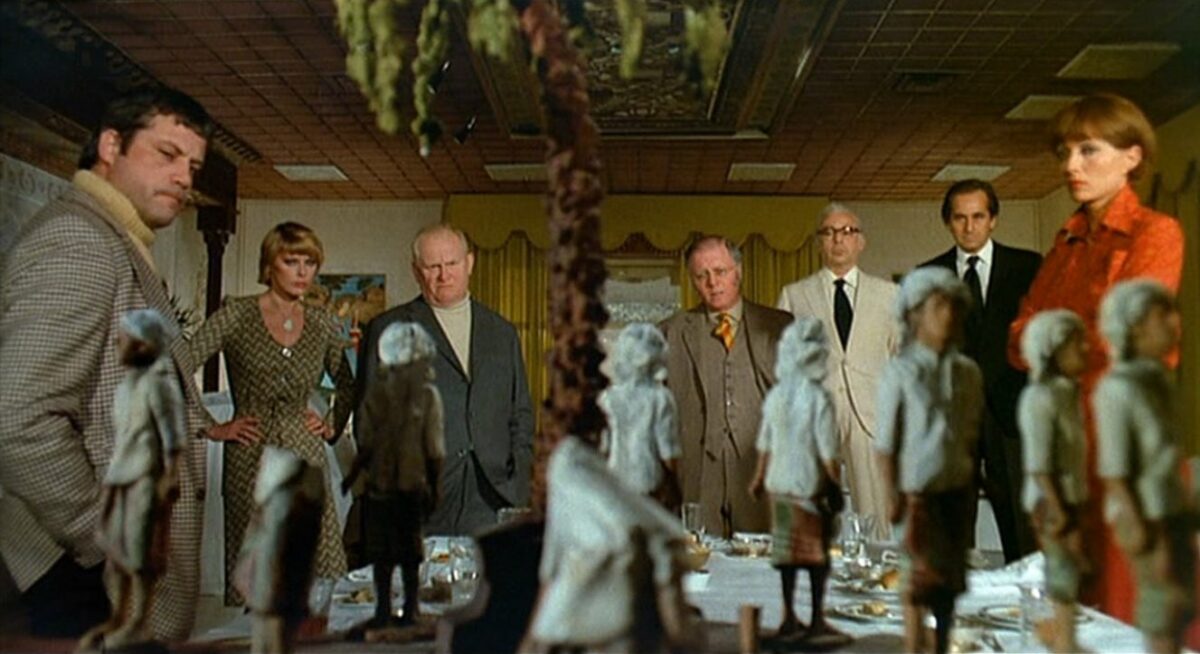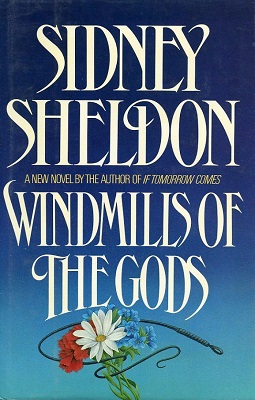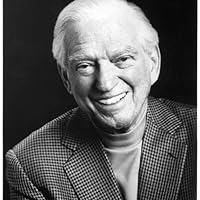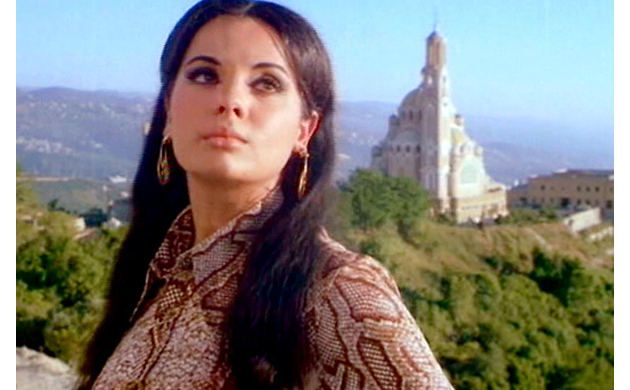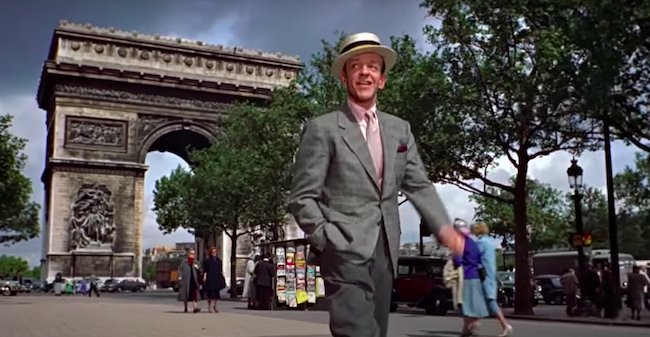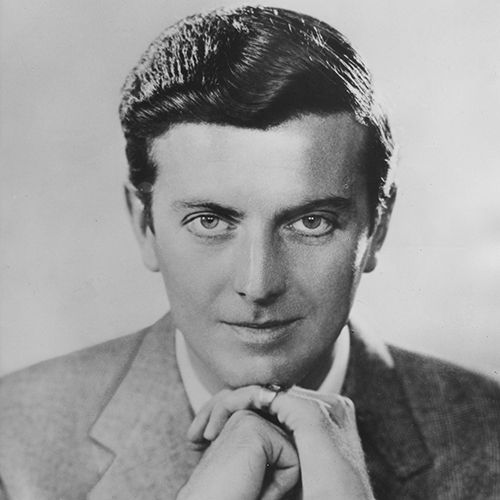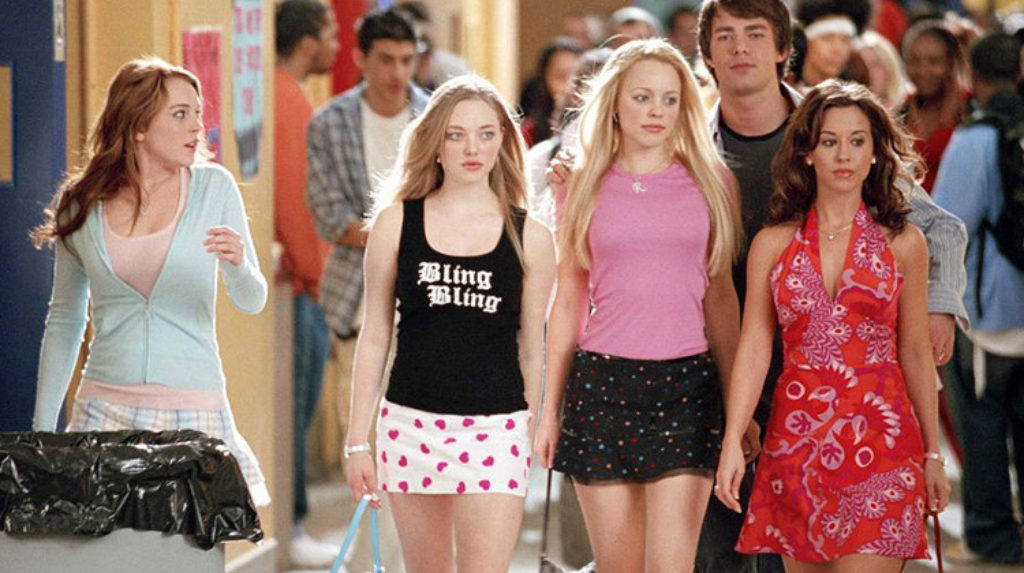Introduction:
Agatha Christie’s masterful detective Hercule Poirot once again graces the silver screen in the 1978 film adaptation of “Death on the Nile.” Directed by John Guillermin, this cinematic rendition navigates the treacherous waters of mystery, suspense, and murder on the majestic Nile River. Join us on a comprehensive journey through this classic adaptation, exploring the film’s cinematography, performances, faithfulness to the source material, and its enduring impact on the world of cinematic whodunits.
Section 1: Setting Sail into Agatha Christie’s World
1.1 A Poirot Classic:
- “Death on the Nile” is one of Agatha Christie’s most renowned novels, and the 1978 film adaptation pays homage to the Queen of Crime’s intricate plotting and character development. This cinematic voyage unfolds against the backdrop of the exotic Nile River, setting the stage for a captivating tale of love, betrayal, and murder.
1.2 The Challenge of Adaptation:
- Adapting Christie’s intricate mysteries to the screen is no small feat, and “Death on the Nile” presents a unique challenge with its ensemble cast, complex relationships, and a plot rife with twists and turns. The 1978 film rises to the occasion, encapsulating the essence of Christie’s storytelling.
Section 2: Cast and Performances
2.1 Albert Finney as Hercule Poirot:
- Albert Finney reprises his role as the fastidious Belgian detective Hercule Poirot. Known for his meticulous approach to character, Finney breathes life into Poirot, capturing the essence of the detective’s eccentricities and brilliant deductive reasoning.
2.2 A Stellar Ensemble:
- The film boasts a stellar ensemble cast featuring luminaries such as Peter Ustinov, Mia Farrow, Angela Lansbury, and Bette Davis. Each actor brings depth to their respective characters, creating a rich tapestry of personalities aboard the luxurious riverboat.
Section 3: Capturing the Essence of Christie’s Narrative
3.1 Cinematography and Scenic Splendor:
- Cinematographer Jack Cardiff masterfully captures the scenic splendor of the Nile, using sweeping shots of the river and opulent interiors to immerse viewers in the film’s exotic setting. The cinematography adds visual grandeur to the narrative, enhancing the overall viewing experience.
3.2 Maintaining Agatha Christie’s Atmosphere:
- The film successfully maintains the atmosphere crafted by Agatha Christie in her novel. The sense of isolation on the river, the opulence of the surroundings, and the brewing tension among the characters contribute to the film’s faithful recreation of Christie’s distinctive ambiance.
Section 4: The Enigma of Hercule Poirot
4.1 Finney’s Interpretation:
- Albert Finney’s portrayal of Poirot is a highlight of the film. The actor delves into the character’s idiosyncrasies, from his meticulous mustache to his fastidious attention to detail. Finney’s interpretation pays homage to Poirot’s literary origins while infusing the role with his own flair.
4.2 Poirot’s Deductive Brilliance:
- The film skillfully showcases Poirot’s deductive brilliance as he unravels the intricacies of the murder mystery. The character’s wit, charm, and unassuming yet assertive demeanor shine through, making Poirot an engaging central figure in the narrative.
Section 5: Faithfulness to Agatha Christie’s Original Plot
5.1 Adherence to the Source Material:
- “Death on the Nile” remains remarkably faithful to Agatha Christie’s original plot. While some adaptations take liberties with the source material, the 1978 film preserves the essence of Christie’s narrative, ensuring that key plot points and character dynamics remain intact.
5.2 Adaptation Challenges and Successes:
- Adapting Christie’s work requires navigating the intricate web of her storytelling. The film adeptly handles the challenges posed by multiple characters, shifting allegiances, and unexpected revelations, resulting in a cohesive and engaging cinematic experience.
Section 6: Music and Soundscapes
6.1 Nostalgic Score:
- Composer Nino Rota’s score for “Death on the Nile” evokes a sense of nostalgia, perfectly complementing the film’s 1930s setting. The music enhances the mood, adding layers to pivotal scenes and underscoring the emotional depth of the characters.
6.2 Immersive Sound Design:
- The film’s sound design contributes to its immersive quality. From the gentle lapping of the Nile’s waters to the subtle creaking of the riverboat, the auditory elements transport viewers into the heart of the mystery, heightening the overall viewing experience.
Section 7: Impact on the Mystery Genre
7.1 Cinematic Legacy:
- “Death on the Nile” holds a significant place in the cinematic legacy of mystery adaptations. Its success contributed to the enduring popularity of Agatha Christie’s works on screen and solidified the character of Hercule Poirot as an iconic detective in film history.
7.2 Influence on Subsequent Adaptations:
- The 1978 film adaptation has influenced subsequent adaptations of Agatha Christie’s novels. Its success in capturing the essence of Christie’s storytelling, coupled with memorable performances, set a benchmark for future filmmakers tackling the Queen of Crime’s works.
Section 8: Critical Reception and Awards
8.1 Critical Acclaim:
- The 1978 film adaptation of “Death on the Nile” received critical acclaim upon its release. Critics praised its adherence to Agatha Christie’s source material, the captivating performances, and the film’s ability to transport audiences to the heart of the mystery.
8.2 Awards Recognition:
- The film garnered nominations and accolades, with particular attention given to Albert Finney’s portrayal of Hercule Poirot. While not an awards juggernaut, its recognition underscored the film’s contribution to the mystery genre.
Section 9: Comparisons with Other Adaptations
9.1 Distinctive Qualities:
- Each adaptation of “Death on the Nile” brings its own distinctive qualities to the table. The 1978 film stands out for its evocative cinematography, stellar ensemble cast, and adherence to Agatha Christie’s narrative, making it a memorable entry in the pantheon of Christie adaptations.
9.2 Diverse Interpretations:
- Comparisons between different adaptations offer insights into the evolving interpretations of Agatha Christie’s work. While each version brings a unique perspective, the 1978 film remains a touchstone for its ability to encapsulate the essence of Christie’s narrative.
Conclusion: A Cinematic Odyssey of Intrigue
In the waters of the Nile, where shadows dance and secrets lurk, the 1978 film adaptation of “Death on the Nile” embarks on a cinematic odyssey of intrigue. Its faithful portrayal of Agatha Christie’s timeless mystery, coupled with outstanding performances and evocative cinematography, ensures its place among the classics of the genre. As viewers journey through the twists and turns of the Nile, they are treated to a captivating blend of suspense, drama, and the brilliance of Hercule Poirot. Welcome aboard this luxurious riverboat where the enigma of “Death on the Nile” unfolds, leaving an indelible mark on the annals of cinematic whodunits.

